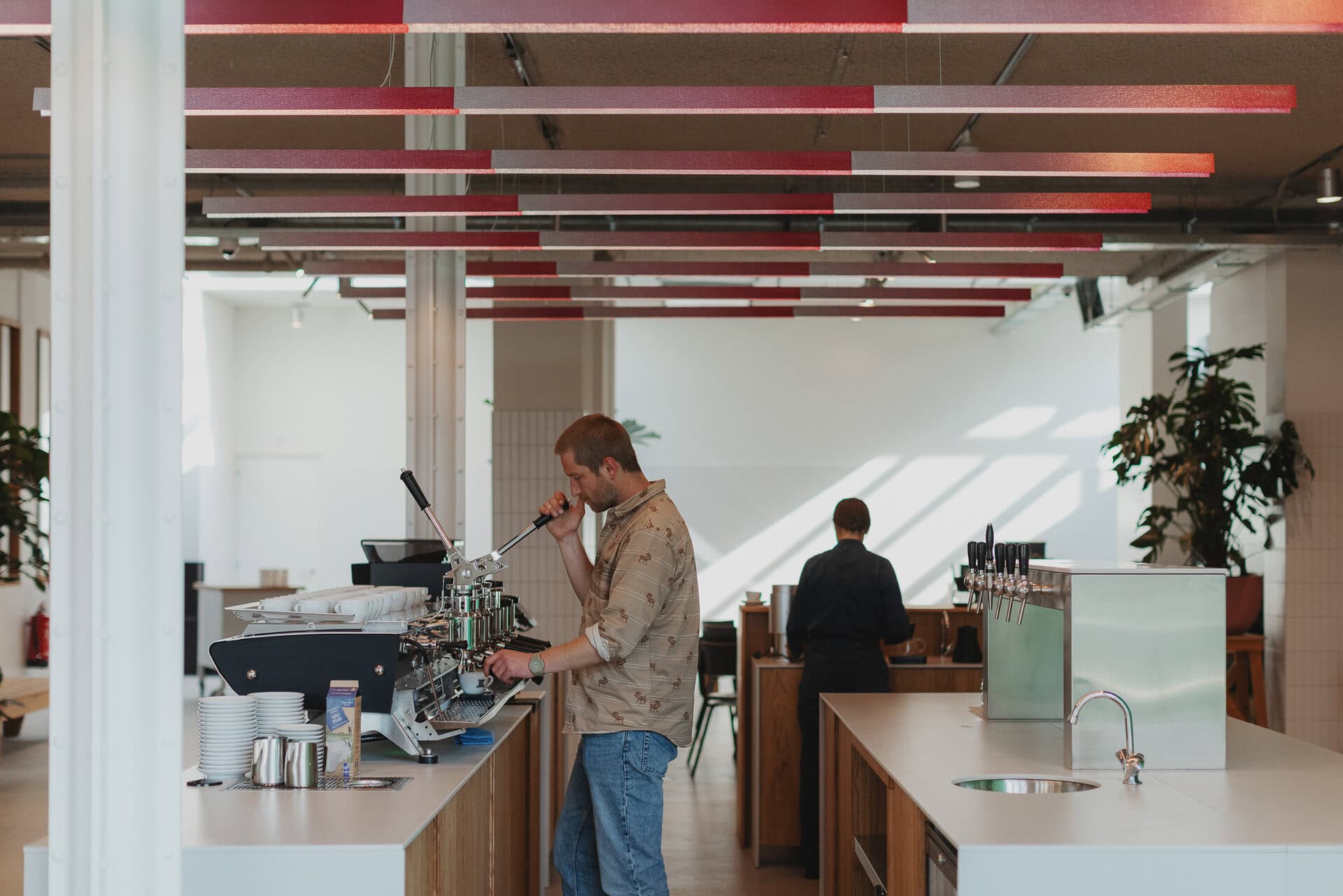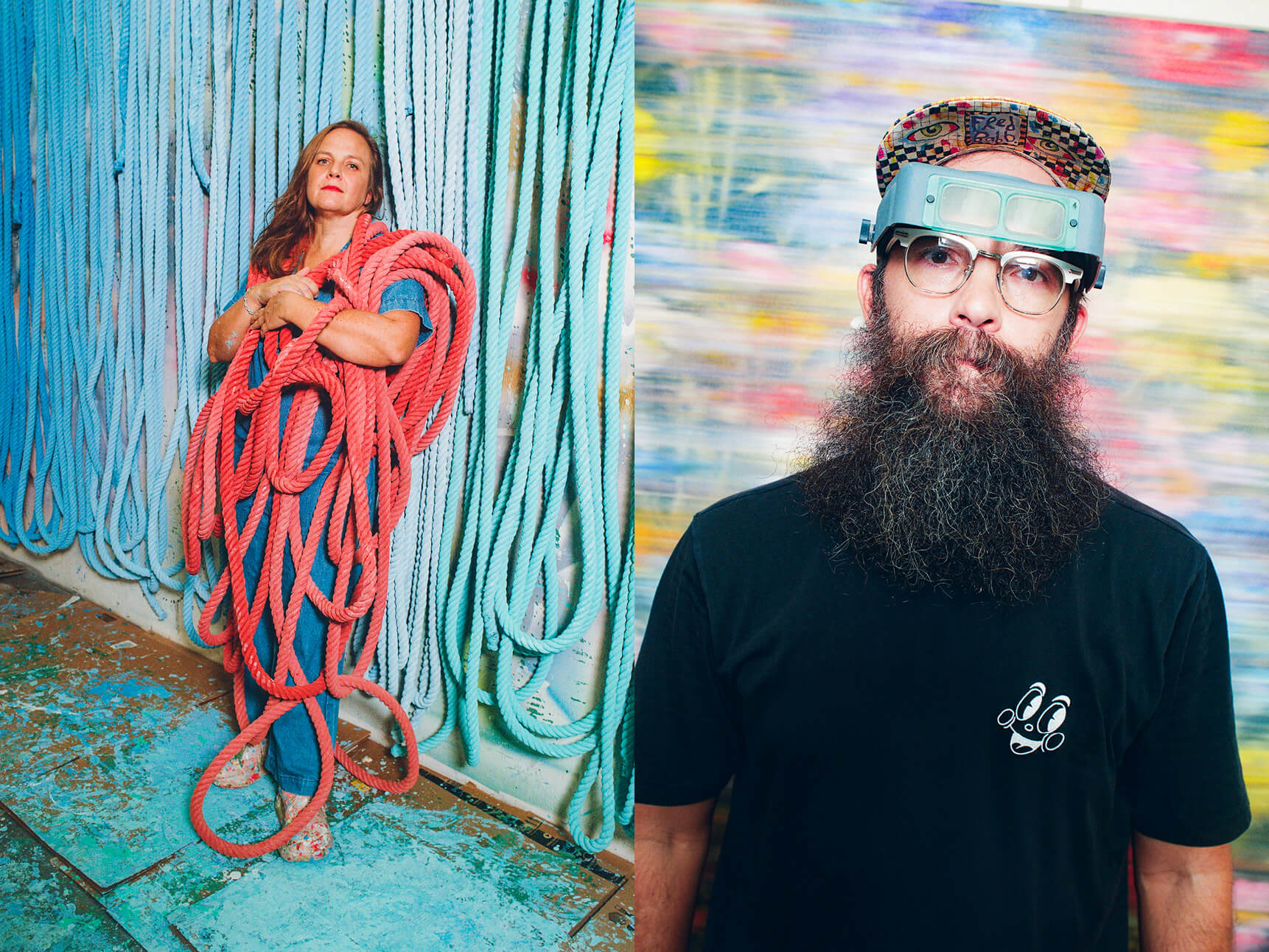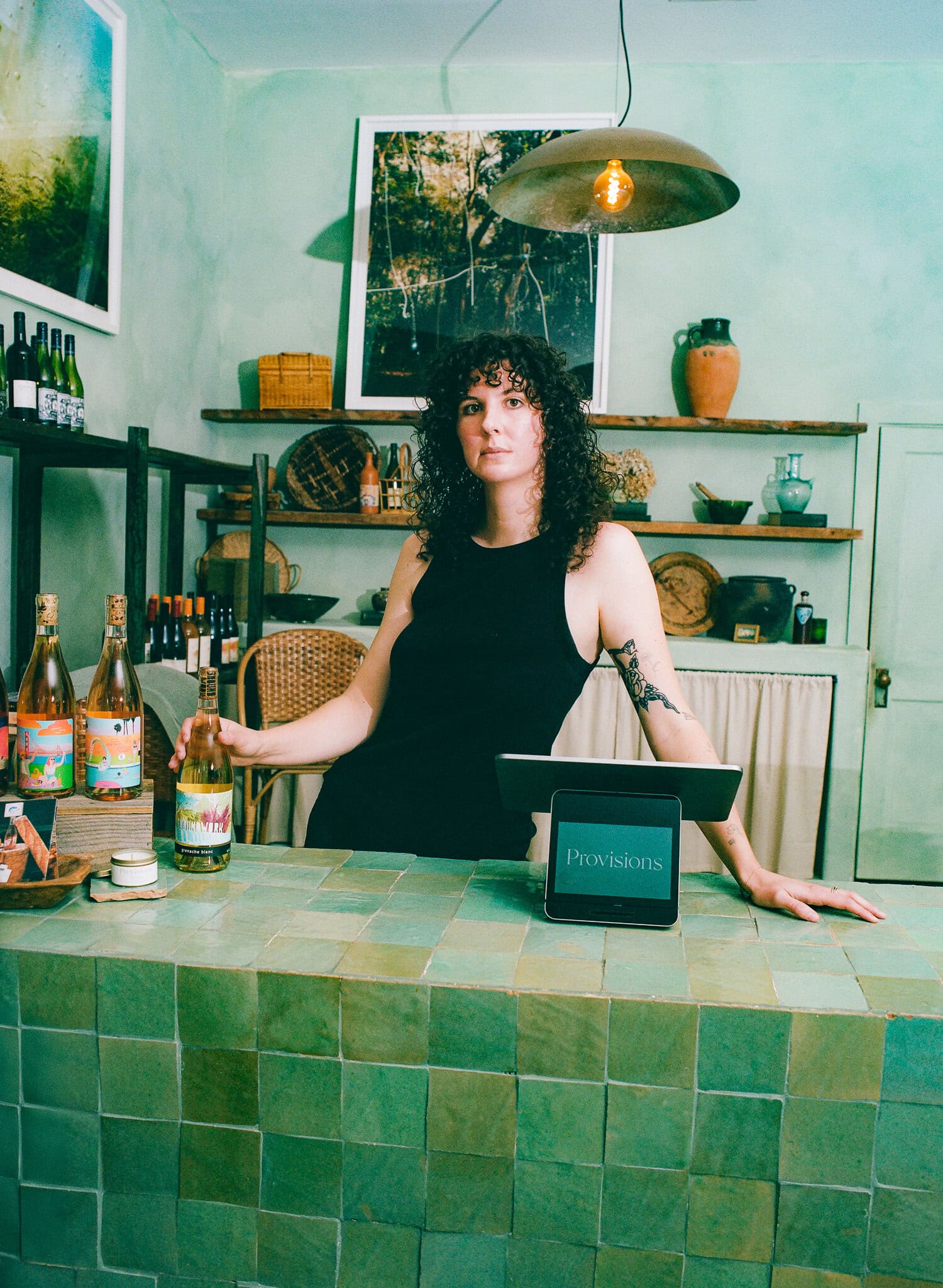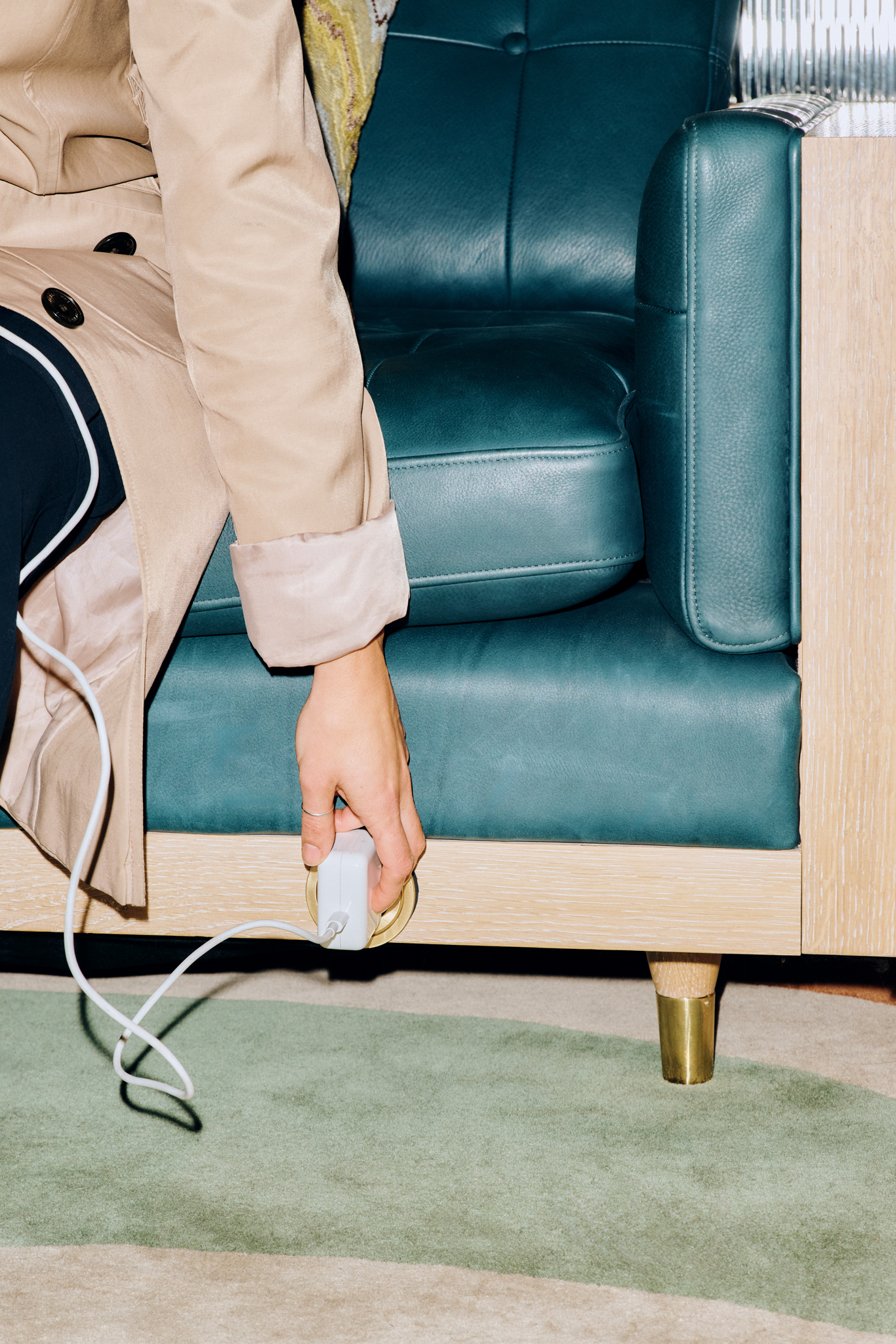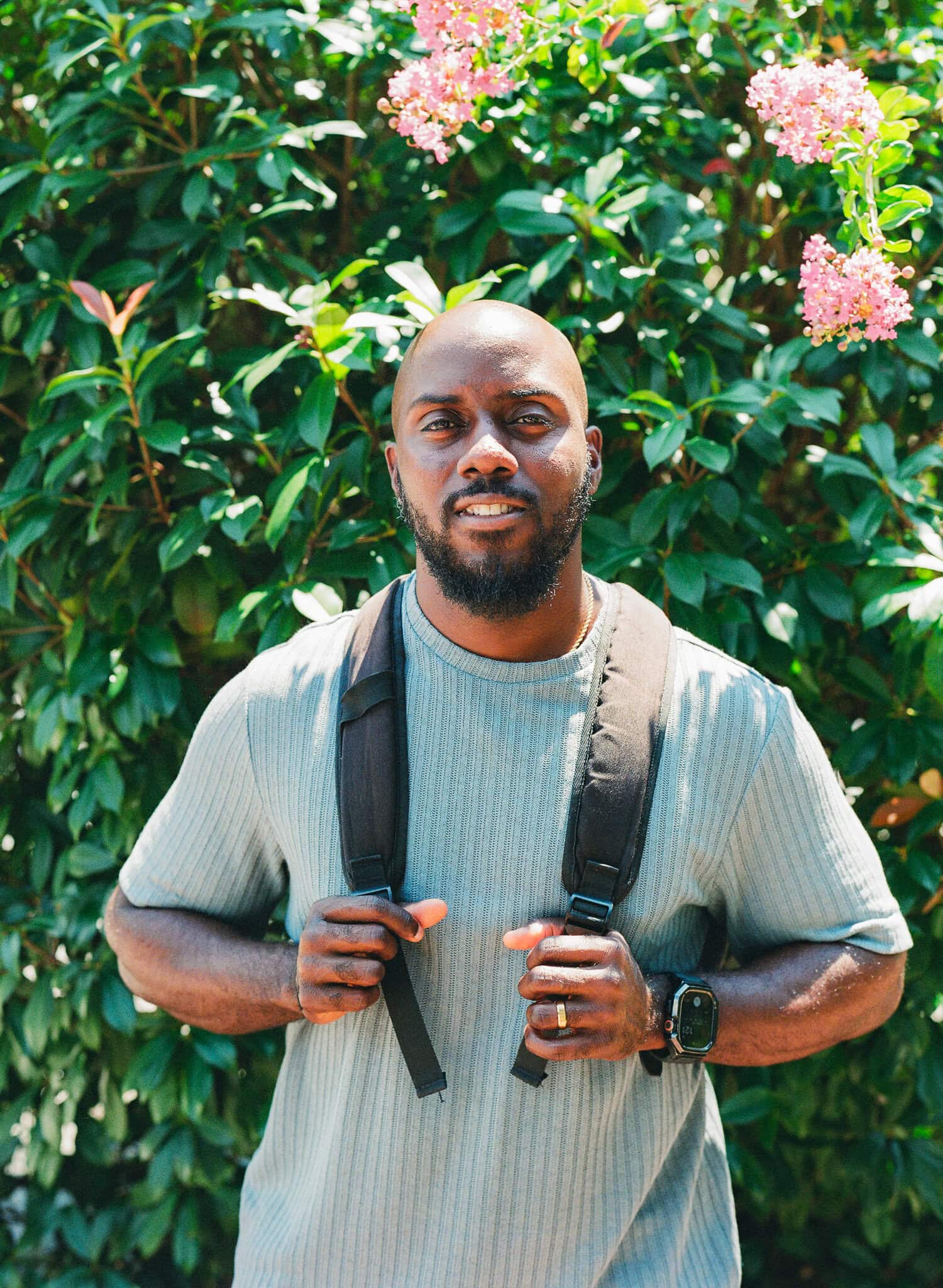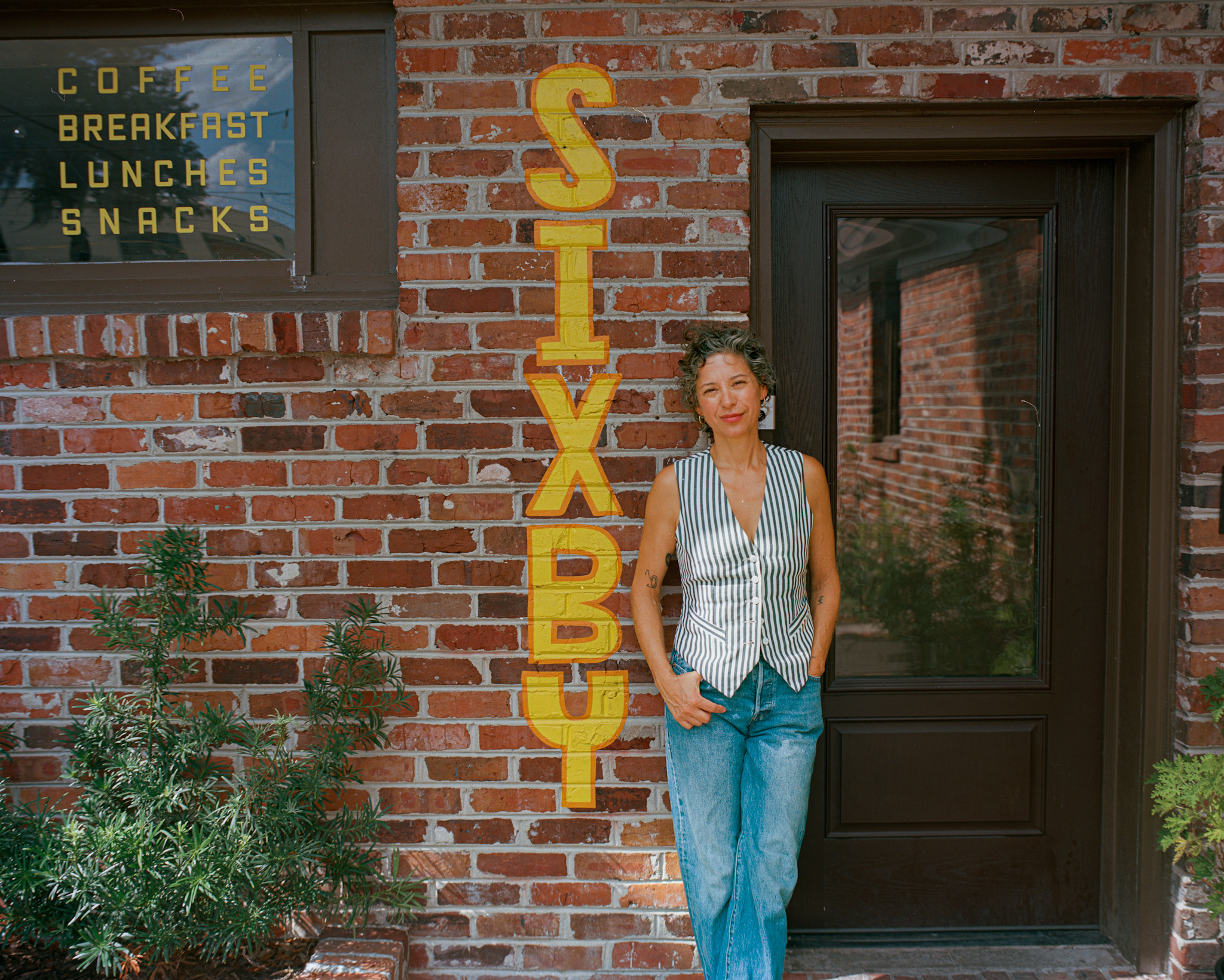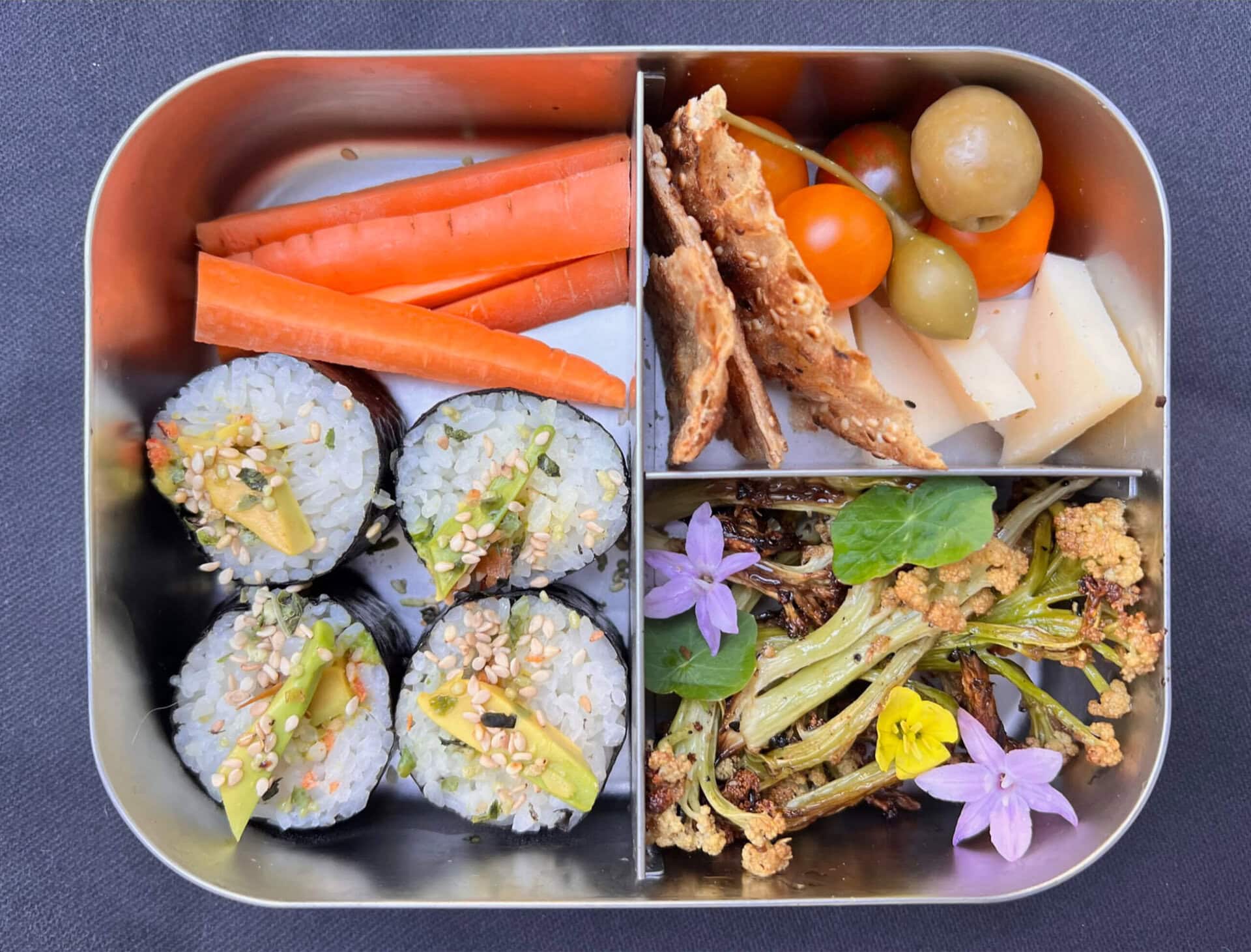
On a trip to India in 2007, I encountered the tiffinwala system, an incredible display of human ingenuity that upholds the home-cooked lunch as an essential aspect of daily life. Tiffin are the metal, stackable containers used to pack meals, keeping each element separated and isolated from the other.
A network of bike messengers picks them up from residential homes each day and delivers them to working family members while they are still warm from the oven. Strapped to every available inch of the bike, the messenger returns the empty containers to their homes at night. Forget Uber Eats—tiffinwala deliver approximately 200,000 lunches daily. As someone who would rather skip a meal than eat a salad out of a plastic tub, this always struck me as the most civilized approach to lunch away from home. I don’t believe in compromising a single meal on subpar food. Life is too short.
Packing school lunch is a dreaded task for most parents, but as a chef, lunchbox prep is my flex. As soon as my daughter started school, I became consumed with a practice of building over-the-top, ridiculously sophisticated lunches. (Sharing this content puts me on the receiving end of vitriolic parental ire, but I assure you, there are many aspects of the role where I cut corners—just not when it comes to food).
The lunchboxes of my youth were not so dissimilar from the first-ever children’s lunchboxes, created around 1900. Designed as trompe l’oeil metal picnic baskets, they were cumbersome tool boxes that housed white bread sandwiches. By 1935, the lunchbox became a promotional tool, with Mickey Mouse taking over the valuable ad space, and by the ‘80s, they were plastic. Now, most parents I know have returned to a metal box, but a version that is heavily inspired by the shape of Japanese Bento.
At first, all of the compartments felt like a challenge. (God forbid you should leave one empty!) But soon, I started to see the box as a canvas, with negative space to fill. Like the design of any meal, I work towards a balance of texture, volume, color, and nutritional content.
I don’t cook for the lunchboxes. I have a fridge full of prepped ingredients, sauces, dressings, and things I need to use up at all times; it’s a perk of my job. The question was more of how to reimagine the bits I already have, as something new and beautiful that would actually get eaten. This was my first creative act of the day, and I could do it in my pajamas.
Unfortunately, I will never take this level of care when it comes to feeding myself, though I aspire to love myself enough to put edible flowers in my own packed lunch on a whim. Instead, I eat leftovers out of the quart container, and beg my kids to share theirs with me when we travel. They rarely do.
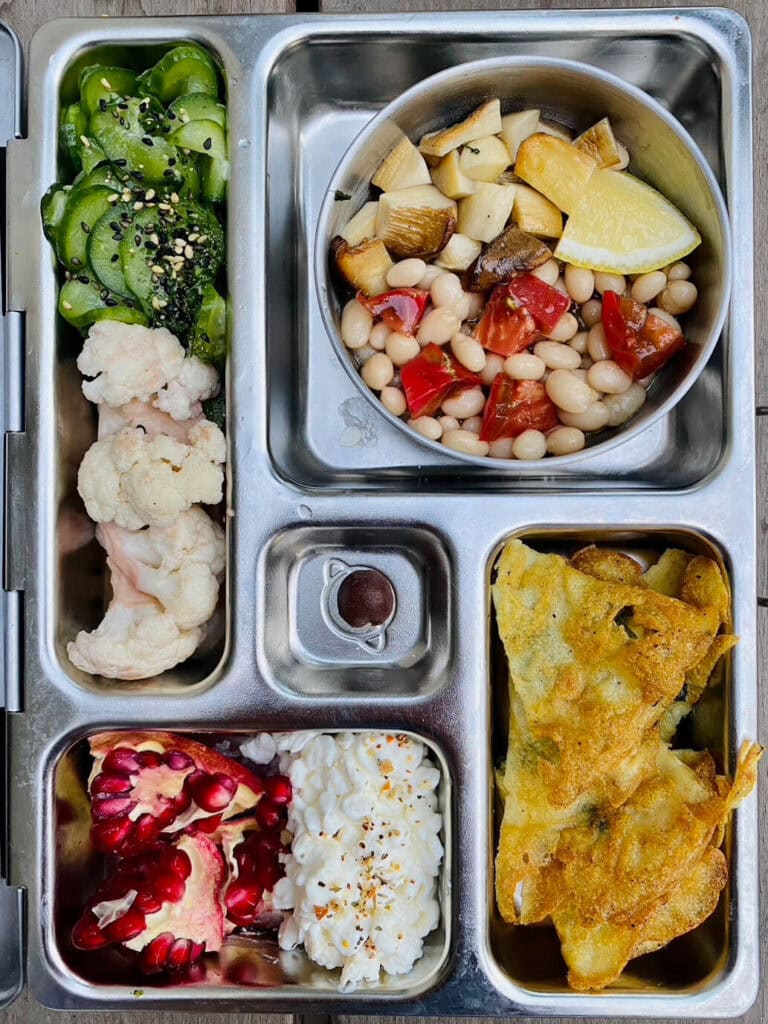
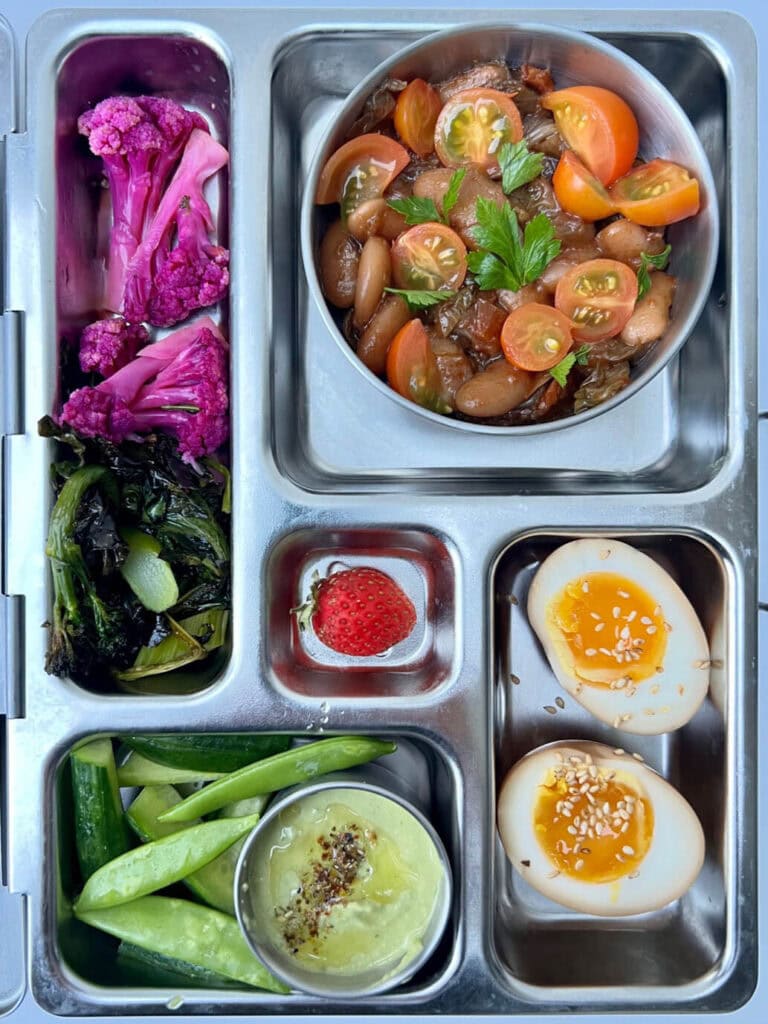
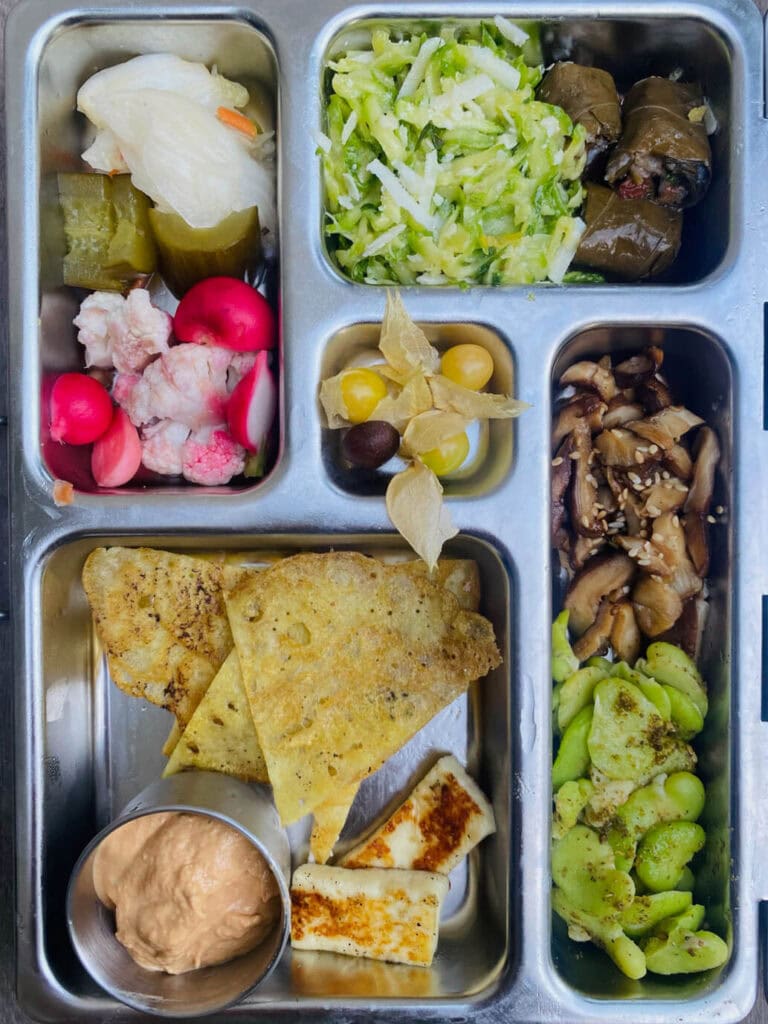
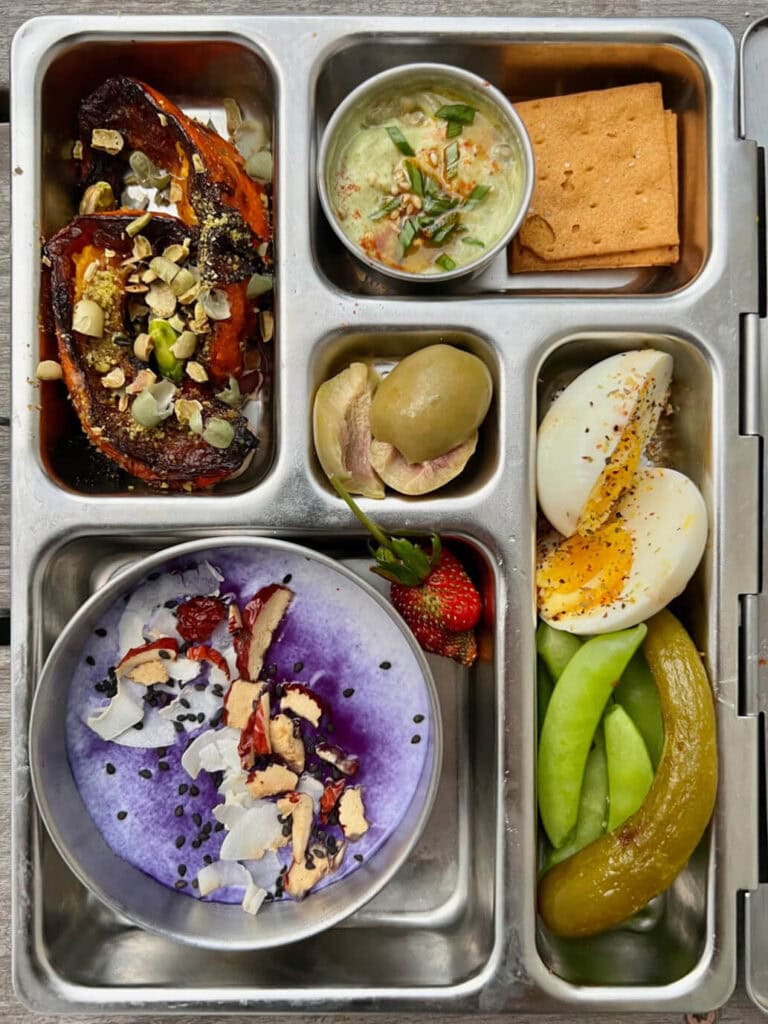
CREDITS
Julia Sherman is a writer, cookbook author, and photographer living and working between Brooklyn and Los Angeles. This fall, she will serve as Executive Chef of the New Museum’s first-ever all-day restaurant.
